Duolingo’s new ads platform leans into charm to connect with Gen Z
Duolingo’s new character-led ad formats aim to win over Gen Z without disrupting the user experience
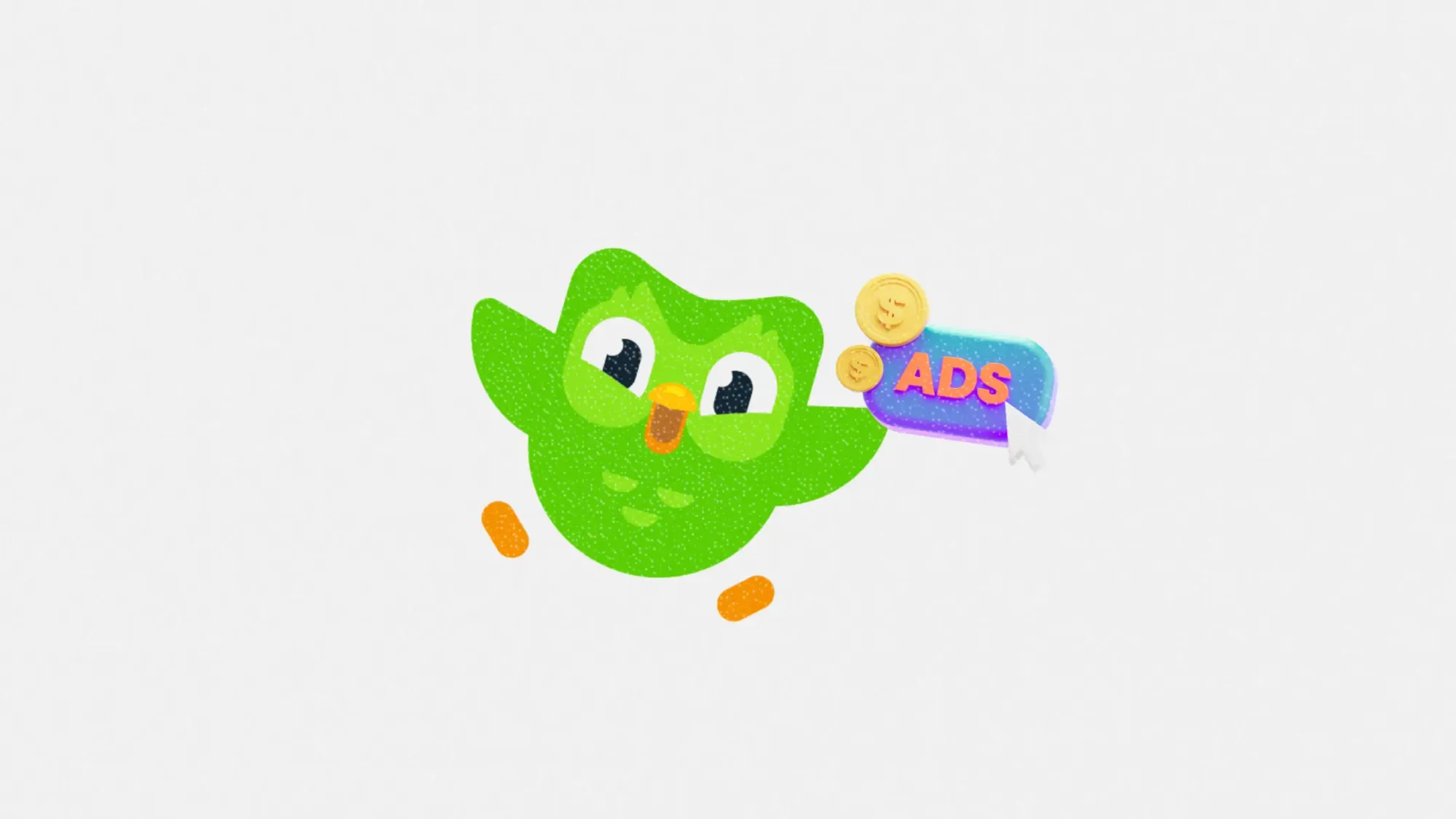
Mobile learning app Duolingo is taking a new swing at brand advertising, but this time it’s without the annoying interruptions. The company just launched Duolingo Ads, a mobile-first platform featuring playful, character-led formats designed to feel more like entertainment than distraction.
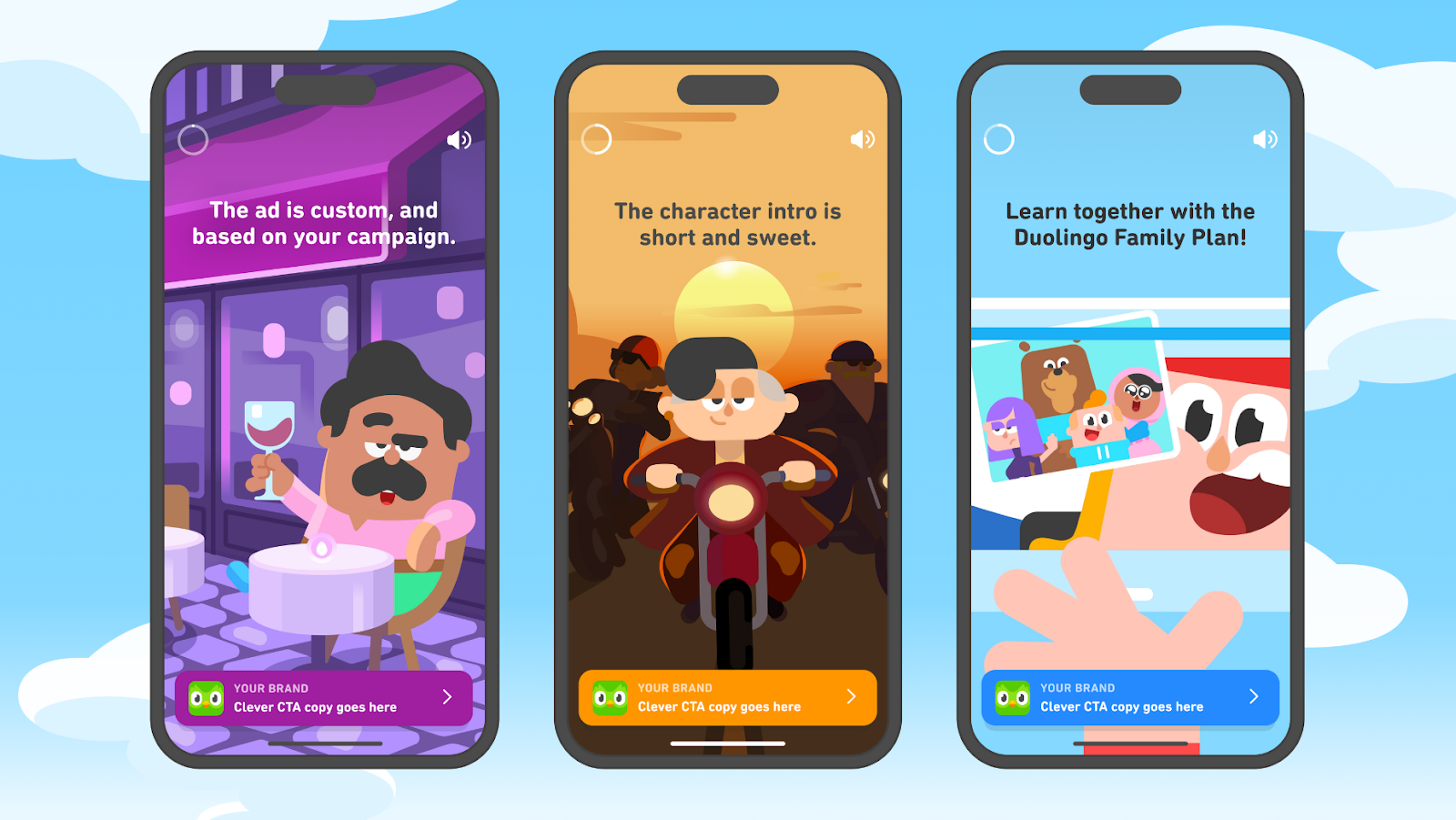
This article explores what the launch means for marketers, what sets the platform apart, and how brands can tap into Duolingo’s massive Gen Z audience without compromising experience or performance.
With over 128 million monthly active users, Duolingo’s appeal isn’t just about language learning. It’s also about tone: irreverent, gamified, and driven by a cast of expressive in-app characters. Now, that same formula is being repurposed to help brands engage users natively during bite-sized lessons.
Short on time?
Here is a table of content for quick access:
- What’s new: ads that “delight, not disrupt”
- Why it matters: Gen Z doesn’t do boring ads
- What marketers should know
- Brand stunts, AI drama, and Duolingo’s evolving strategy
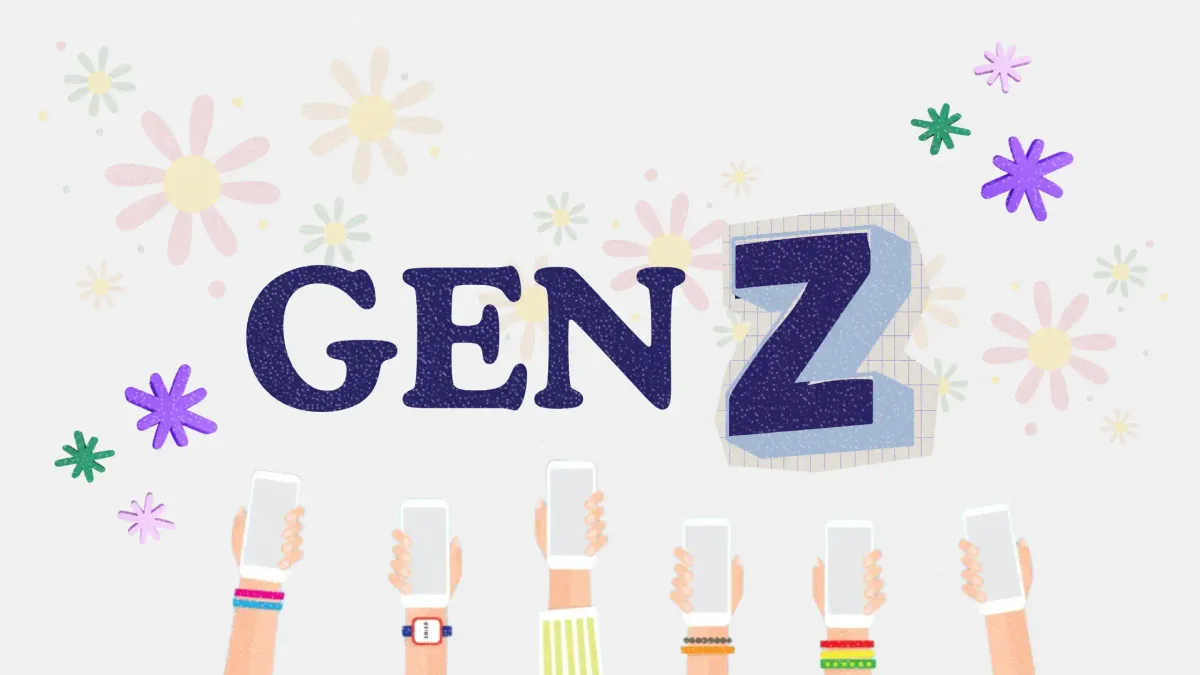
What's new: ads that "delight, not disrupt"
At the heart of Duolingo Ads is an attempt to rethink ad experience for younger digital audiences. Instead of traditional interstitials or banner ads, the platform uses rewarded video and native placements that appear inside learning moments such as when a user completes a lesson or interacts with a character.
These ad formats are tightly integrated with Duolingo’s gamified environment, allowing brands to appear within the app’s storylines or humor without breaking flow. According to the company, early pilots recorded 96% completion rates for video ads and 3%+ click-through rates, figures well above mobile advertising norms.
The platform is already attracting notable early adopters. Adobe, Intrepid Travel, and Universal Pictures were among the first to test-drive the offering.
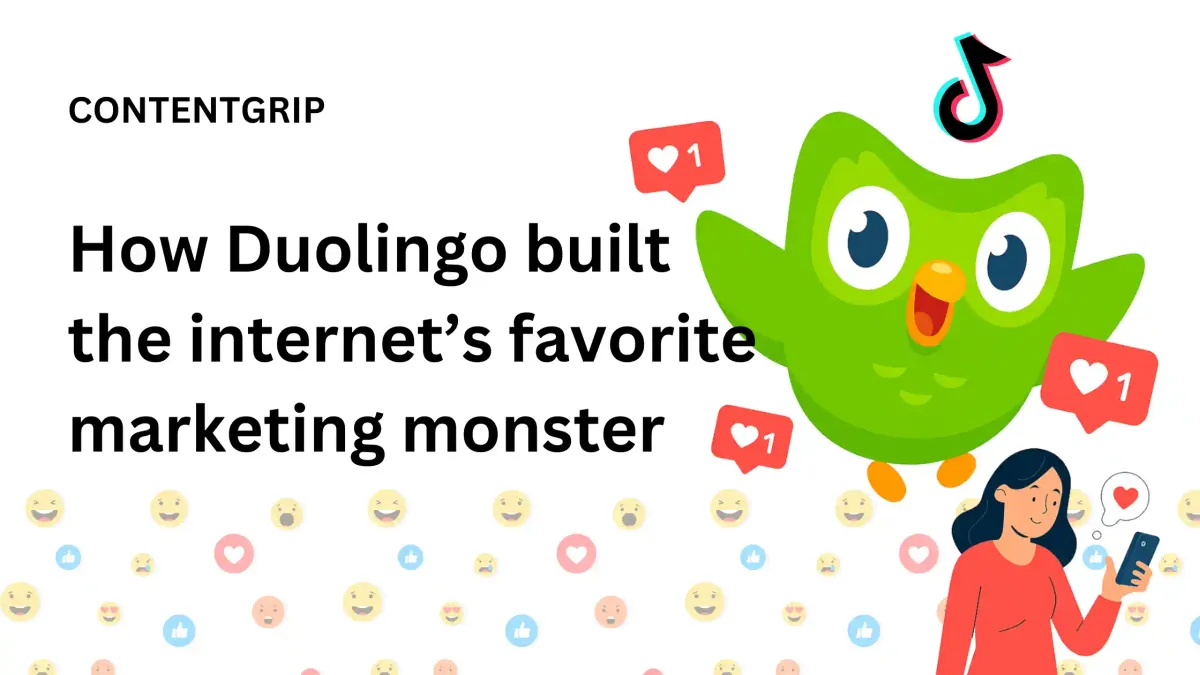
Why it matters: Gen Z doesn't do boring ads
Duolingo is positioning this platform as a direct solution to a common challenge: reaching Gen Z in a way that feels organic. This demographic is not only ad-averse but also less likely to engage with traditional marketing channels.
By placing branded content within the context of its app experience and leaning heavily on its own personality-driven characters, Duolingo aims to give brands a way to connect without being skippable, cringe, or irrelevant.
Andrew Guendjoian, Head of Ad Sales at Duolingo, emphasized the dual benefit: “learners get a fun, seamless experience, and brands see meaningful results.” The initiative also supports Duolingo’s broader mission to keep language learning free by monetizing attention in a user-friendly way.
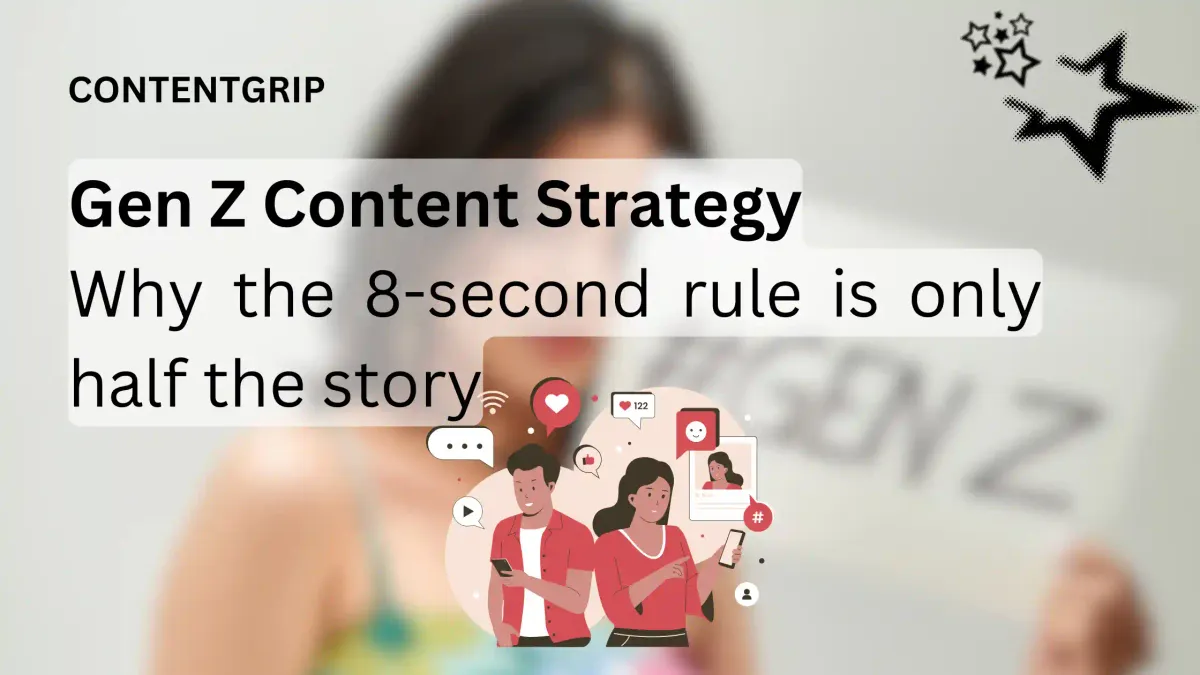
What marketers should know
If your brand targets Gen Z or young professionals, here are three takeaways from Duolingo’s latest move:
1. Relevance beats reach
Duolingo’s ad strategy leans into contextual storytelling, not scale for scale’s sake. Marketers should think beyond impressions and explore how brand narratives can fit into existing user habits, especially within apps already known for high engagement.

2. Character-led content is making a comeback
The rise of virtual mascots like Duolingo’s green owl signals a broader trend in personality-led content. Marketers should consider how branded characters, animation, or tone-rich formats can amplify brand identity in playful ways.
3. Native UX is non-negotiable
With Gen Z showing low tolerance for intrusive ad formats, the bar for native integration is higher than ever. Duolingo’s model serves as a case study in embedding ads without breaking flow, a useful benchmark for mobile marketers and UX teams alike.
Brand stunts, AI drama, and Duolingo's evolving strategy
The launch of Duolingo Ads aligns with a string of bold marketing plays by the company. Earlier this year, the brand “killed off” its owl mascot, only to revive him as a surprise contestant on Love Island US, a co-branded campaign with Peacock. The stunt poked fun at users obsessed with maintaining their Duolingo streaks even mid-reality TV.
More recently, Duolingo staged a full AI-themed takeover, wiping its social channels to introduce a rogue, three-eyed owl. The move marked the company’s pivot to becoming an “AI-first” company, echoing CEO Luis von Ahn’s comparison to its 2012 shift from desktop to mobile.
But not all of these moves have landed smoothly. Media firm CARMA reported that reactions to Duolingo’s AI-first direction were mixed. In Asia, sentiment was split almost evenly between positive and negative, while global feedback skewed 41.1% negative, with concerns over job security and transparency leading the backlash.
Still, Duolingo’s approach signals an appetite for risk and a willingness to put brand identity front and center, even if it provokes debate.
Duolingo Ads is a reminder that digital advertising doesn’t have to feel like a trade-off. When done well, it can both serve business goals and enhance user experience.
For brands, this is an invitation to rethink how ad formats fit into users’ digital routines, not just how many eyeballs they reach. As marketers look to connect with Gen Z audiences who value entertainment, utility, and personality, platforms like Duolingo may offer an underused but high-reward alternative.






